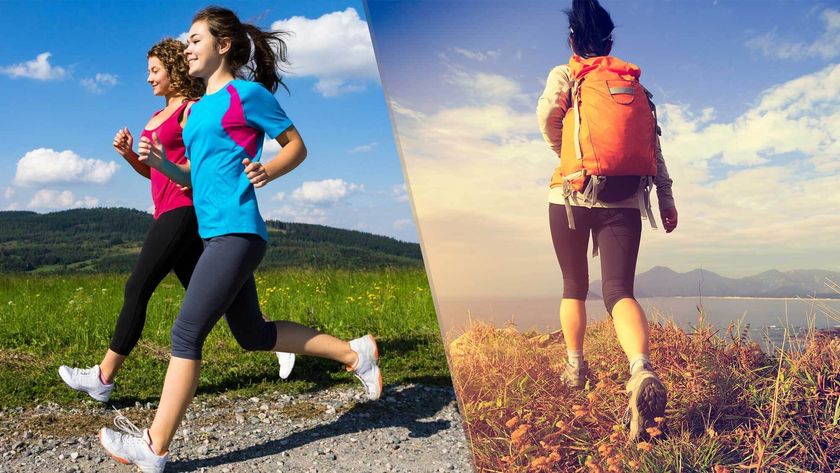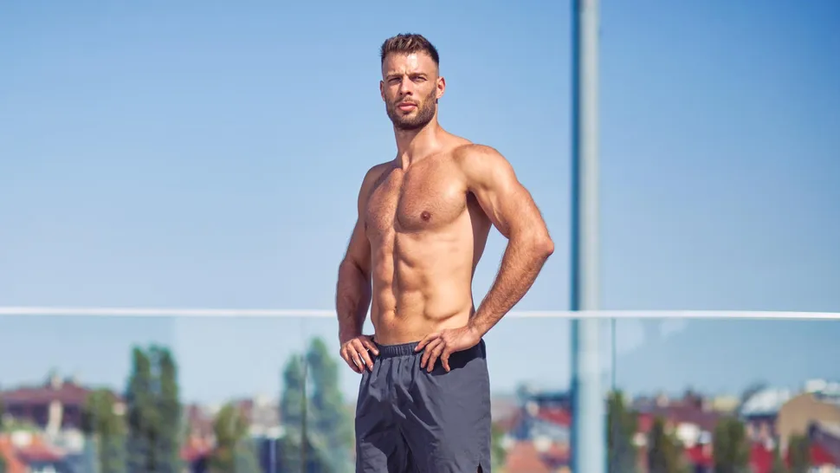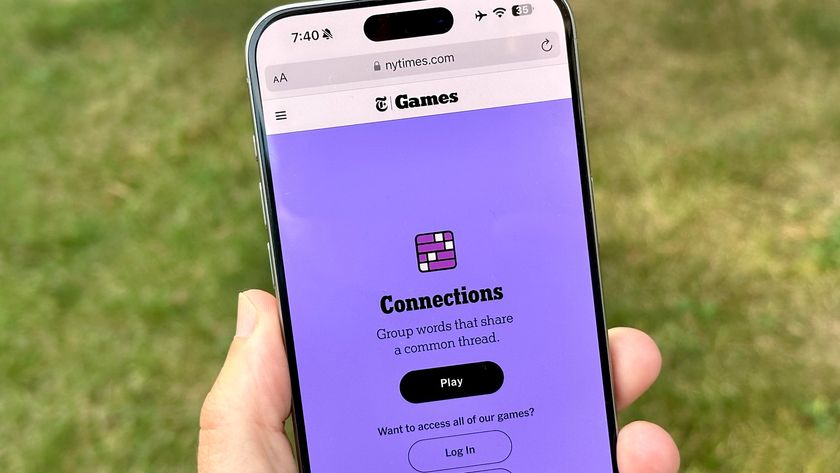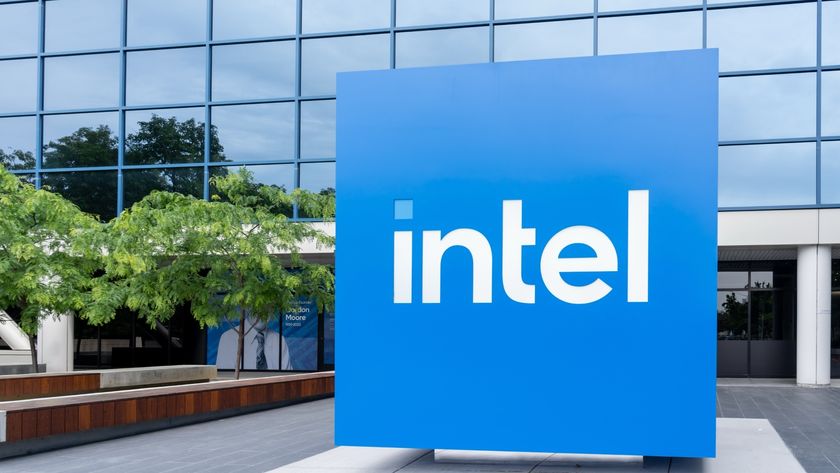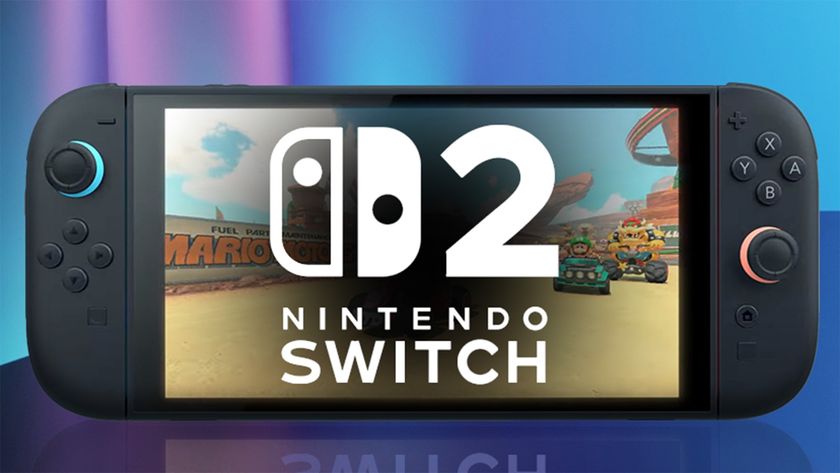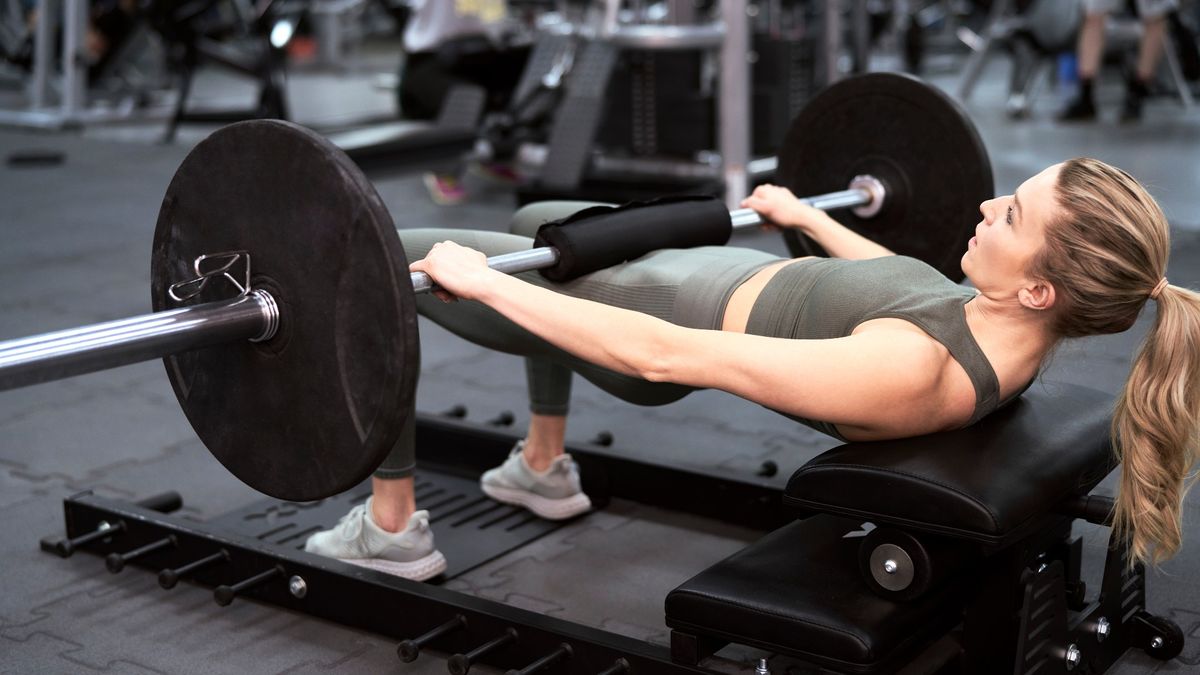
The humble hip thrust is one of the best exercises to strengthen your hips, glutes and quads. If the goal is to pump up these powerhouse muscles, this is also one of the best glute exercises to build muscle in your backside.
You can use kettlebells, one of the best adjustable dumbbells, barbells or resistance bands to do the exercise. My favorite is the barbell hip thrust, as you can pack on the most weight, but it’s also famously the hardest to master. Whichever thrust exercise variation you choose, holding a weight at your hips and performing the hip extension action strengthens your gluteus maximus, hip flexors, quads and more, and helps develop muscle.
As a trainer, this is the one thrust exercise I recommend for working your glute muscles hard. Here’s why I swear by them, common mistakes I notice and how to add them to your strength program.
What do hip thrusts work?
Your glutes are part of a network of core muscles alongside your abs and deeper stabilizing muscles. But people with sedentary lifestyles and office jobs often find their glutes and hips are tighter and weaker than those with active lifestyles. Over time, this puts pressure on your lower back, leading to potential hip, knee and ankle problems.
This thrust exercise strengthens your glutes and the muscles around your hips and knees, including your gluteus maximus, minimus and medius, hip flexors, quads, hamstrings, adductors (inner thighs) and core. Moreover, your glutes help keep your pelvis stable, rotate the hip joint and support lower body movement, posture and balance. So, it’s crucial to keep them strong and active.
Many people struggle to activate their glutes properly during exercises, such as squats, so this exercise is my go-to for people whose glutes underfire and anyone who wants to build lower body strength and muscle. Over time, improving your ability to thrust will translate into other exercises like pull-throughs and deadlifts and help you to lift heavier weights with more power and less impact on your lower back.
How to do hip thrusts
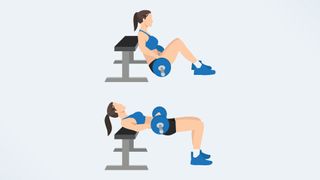
You can learn how to do a hip thrust properly here, and a glute bridge is my go-to variation if you’re totally new to the exercise. Remember, most Olympic bars in the gym start at 15kg (33 pounds), so try to build up to this weight before attempting a lift using the bar.
Sign up to get the BEST of Tom's Guide direct to your inbox.
Get instant access to breaking news, the hottest reviews, great deals and helpful tips.
A common hip thrust mistake is foot positioning. Having the feet too close together turns it into a quad-dominant exercise, and placing feet too far apart emphasizes your hamstrings. Shoulder-width apart should be optimal for glute contraction, but it doesn’t hurt to experiment first to see what works for you. If your knees begin to cave in, I recommend placing this $10 accessory between your thighs and giving it a healthy squeeze.
Other mistakes include overarching your back, dropping your hips too low and not engaging your core throughout. Doing thrust exercises in the mirror often helps people recognize proper alignment — your thighs should be parallel to the floor, which allows you to draw a straight line from shoulder to knee.
15-minute hip thrust workout to try: Hip thrust challenge
The below workout could be added to your existing strength regime, but I recommend glute activation exercises first. The ‘Glute Guy’ Bret Contreras famously created the hip thrust, and his 7-minute resistance band glutes workout is one of the best activation routines before trying a hip thrust exercise.
To build strength and muscle in your glutes, you should adopt progressive overload, which means gradually increasing volume or load to encourage muscles to adapt. One workout won’t sculpt a well-rounded backside overnight, but a well-rounded and consistent program could — with patience.
The workout by getfitbyivana includes a medium-heavy loop band — you can find some in our best resistance bands guide — and a dumbbell. Beginners, practice using your body weight and light weights until you feel comfortable that your muscles are engaging. You can learn the difference between hypertrophy vs strength training, which also explains the sets and rep ranges you’ll need to meet your goals.
You’ll start with a pre-fatigue set using 8 exercises for 30 seconds each, then move into the 10-exercise workout for 45 seconds of work and 20 seconds of rest. The pre-fatigue set includes clamshells, pulses and holds to activate your glutes properly, and the hip thrust challenge combines hip thrusts, abductions and pulsing exercises.
Working all of the glute muscles and not just the maximus is crucial for keeping your lower body strong and mobile, and abductions are a great way to target and strengthen the medius muscles. Exercising in different planes is the best way to hit various muscle groups you might otherwise miss, and the pulses increase the intensity for muscles to work through, made even harder by your resistance band.
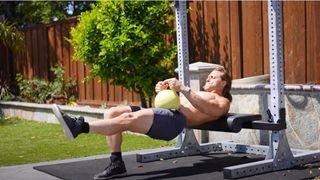
According to the Strength and Conditioning Journal, the barbell hip thrust maximizes glute activation and hip extension strength; this is because muscles stay under tension during the entire move (called time under tension TUT), and the bar position creates different activation patterns to the vertical load of a squat, for example.
Although this short hip thrust workout opts for dumbbells instead, Ivana does slow exercises down to utilize the TUT technique. Your glutes and hip extensors must do more without your hamstrings and quads taking over.
And guess what? Taking the time to build strength, power and size in your glutes could also improve running, athletic performance, and mobility. Win-win.
More from Tom's Guide

Sam Hopes is a level 3 qualified trainer, level 2 reiki practitioner and senior fitness writer at Tom's Guide. She is also currently undertaking her Yoga For Athletes training course. Sam has written for various fitness brands and websites over the years and has experience across brands at Future such as Live Science, Fit&Well, Coach, and T3.
Having worked with fitness studios like F45 and Virgin Active, Sam now primarily teaches outdoor bootcamps, bodyweight, calisthenics and kettlebells. She also coaches mobility and stretching-focused classes several times a week and believes that true strength comes from a holistic approach to training your body.
Sam has completed two mixed doubles Hyrox competitions in London and the Netherlands and finished her first doubles attempt in 1:11.

